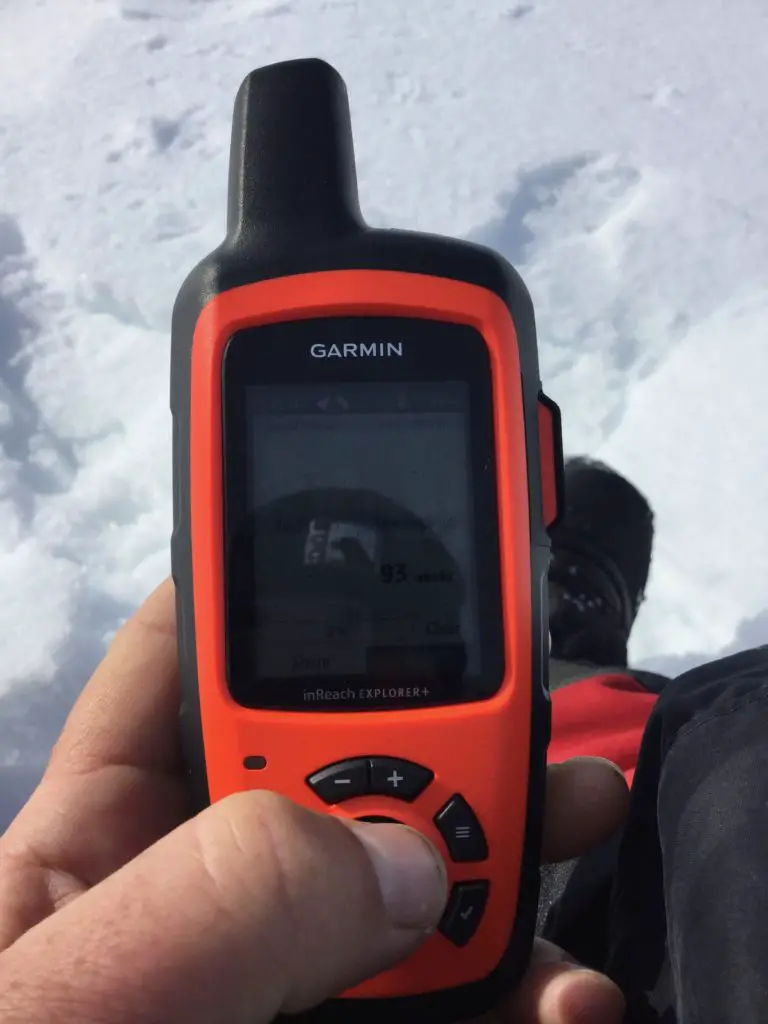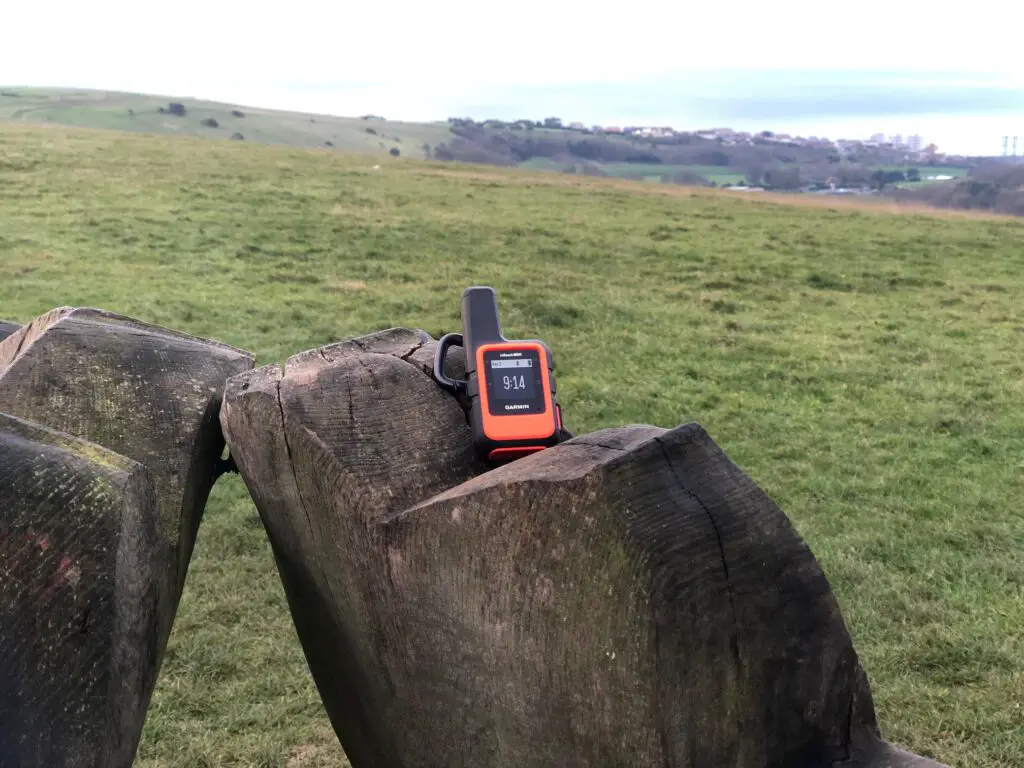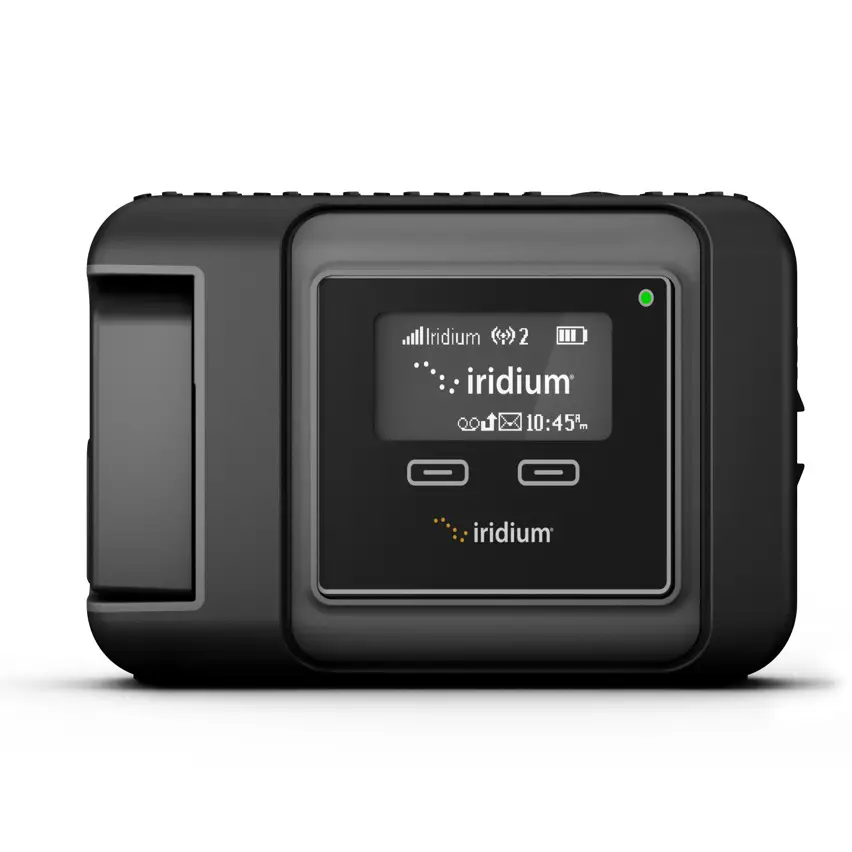Is GPS free to use? Satellite communicator questions answered
What does GPS stand for?
GPS stands for Global Positioning Satellite and consists of a constellation low-Earth orbit satellites and end terminals such as hiking, maritime, and military GPS devices.
Who created GPS?
GPS was invented by the United States Department of Defense with one of the key figures being Dr. Gladys West, an African-American woman.
The history of GPS
There’s a lot of confusion surrounding the Global Positioning Satellite system which was invented and is owned by the US Government. GPS has been around since the late 1970s and, until 1983 when Ronald Reagan ordered the system’s opening up, it was only available to the US military and government.
Even after 1983, there were still limitations on the use of the GPS system and these restrictions were finally removed via an executive order issued by then-President, Bill Clinton. The US government still reserves the right to scramble, or deny access, to the GPS network but this will only likely happen during wartime with aggressors being blocked from using the system. Is GPS free to use? Yes, but there are considerations you need to bear in mind, including…
Do you have to pay for GPS?
No, but you will need to buy a receiver in order to get access to the network and use the tracking system. And this is where it can get pricey.
Most handheld GPS units come with a huge range of features you simply don’t need to be able to navigate well. Top-of-the-range units with colour maps, 3D displays, and in-built satellite communications features will cost you an arm and a leg (for our non-English readers, that means a lot of money). But let’s be clear: you are not paying for access to the GPS network, because it’s free to use. Instead, your hard-earned money is being spent on features that you probably don’t need or will rarely use.
Before we move, I’d like to clear up another common mistake – the difference between GPS and satellite communications.
GPS is a system that allows you to track your location anywhere in the world (but not underground, or in a cave, so don’t go there). Satellite communications such as the features found on the Iridium and Thuraya systems allow subscribers to place calls and send short text messages and emails over private satellite networks. And this can get expensive!
For an example of a unit that can work as both a GPS and satellite communicator, check out these reviews and posts:
Garmin InReach Explorer+ review



Okay, now that you know using the GPS network is free, you’ll probably want to know…
Why is GPS free?
GPS is free, and it’s not. That may seem like a confusing answer so I’ll answer as best I can.
The Global Positioning System design concept originated in the 1970s and was intended to be a system available only to the US military. Central to this idea was the ability to allow ships, aircraft, and personnel to track their position, thereby giving them enhanced navigation, and allowing command structures to see exactly where resources were at any point in time.
So the US Department of Defense signed off on the idea and the first GPS satellite went live February 1978.
In 1983 Korean Air flight 007 was shot down by Soviet air-to-air missiles when it veered off course and flew over Kamchatka. with the loss of all lives on board. There were no survivors. Shortly after this incident, then President Ronald Reagan announced GPS would be made available to civilians so that such future losses were preventable.
Given the DoD is behind the system, why is GPS free?
Because it’s already been paid for by the US taxpayer. As with any developed country, the taxes levied are used to fund public services and around $12 billion was directed toward building and maintaining the satellite network.
A word of caution
One of the key points considerations you need to make when choosing an electronic navigation aid is this: the US government controls GPS and it is possible they could restrict access in time of war, or during a national emergency.
Satellite Communicators vs handheld GPS
A keep point to note is these terms are not interchangeable. Whilst most satellite communicators have GPS functions, it’s not a case of vice versa. Some of the top-of-the-range GPSs from companies such as Garmin now incorporate SMS via the Iridium satellite network, this is not the case with their entry and mid-range units.
If you need SMS then you need to factor in costs – whilst accessible, messaging over satellite links can be expensive.
What features do you need?
before you rush out to buy a navigation aid, or communicator, it’s important to understand your needs. The list below shows the various capabilities available to hikers and all you have to do is decide which you need:
- SOS – available on most devices, this function allows rescue services to pinpoint your location in the event of an emergency.
- SMS – Short Message Service providing two-way communications between other terminals, mobile phones, and, most importantly, social media! A text limit of 140 characters applies.
- email – this function is found on a few devices and can be used to send more detailed messages than SMS as there’s no text limit.
- Weather reports – up-to-date reports on local weather patterns. I find this useful and pretty accurate.
How much should I pay for a handheld GPS?
Before you decide to buy a handheld GPS or any kind for that matter, you first need to think about exactly what features you’ll need (here’s a complete breakdown of how to choose a GPS for your hikes). Most navigation tasks can be achieved on a low-spec device, one costing $100 or less.
How much should I pay for a satellite communicator
Assuming you need only SMS and not email (the latter is available through devices such as the Iridium GO!), your budget will start at £200 ($250) for a unit like the Zoleo messenger. At the upper end of the portable range are the likes of Iridium’s GO! (£1000/$1200) and the Garmin Montana 700i (£700/$862)
Price plans
Pricing is another important consideration that, if not planned for, can put a big dent in your wallet.
GPS price plans
GPS is free! The only cost associated with using the service is buying a unit.
Satellite communicator price plans
Here’s where it gets a little tricky. Whilst the primary focus so far has been on the use of the Iridium satellite network, there are other competitors offering similar communications packages, but only Iridium produces a truly handheld device. But they can be expensive when compared to other mobile technologies.
For example, an SMS sent via the Iridium network will cost 50c/50p per message. Voice calls via the Iridium network cost $1.50 per minute.




